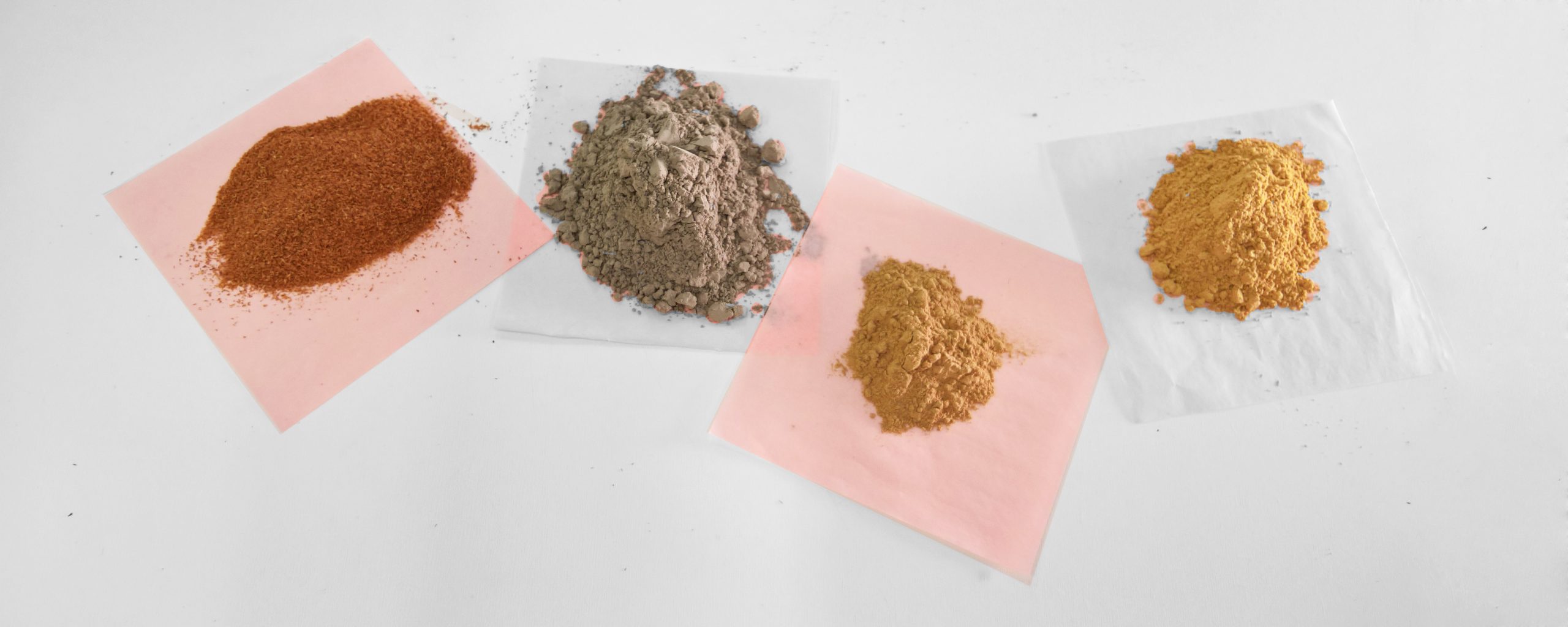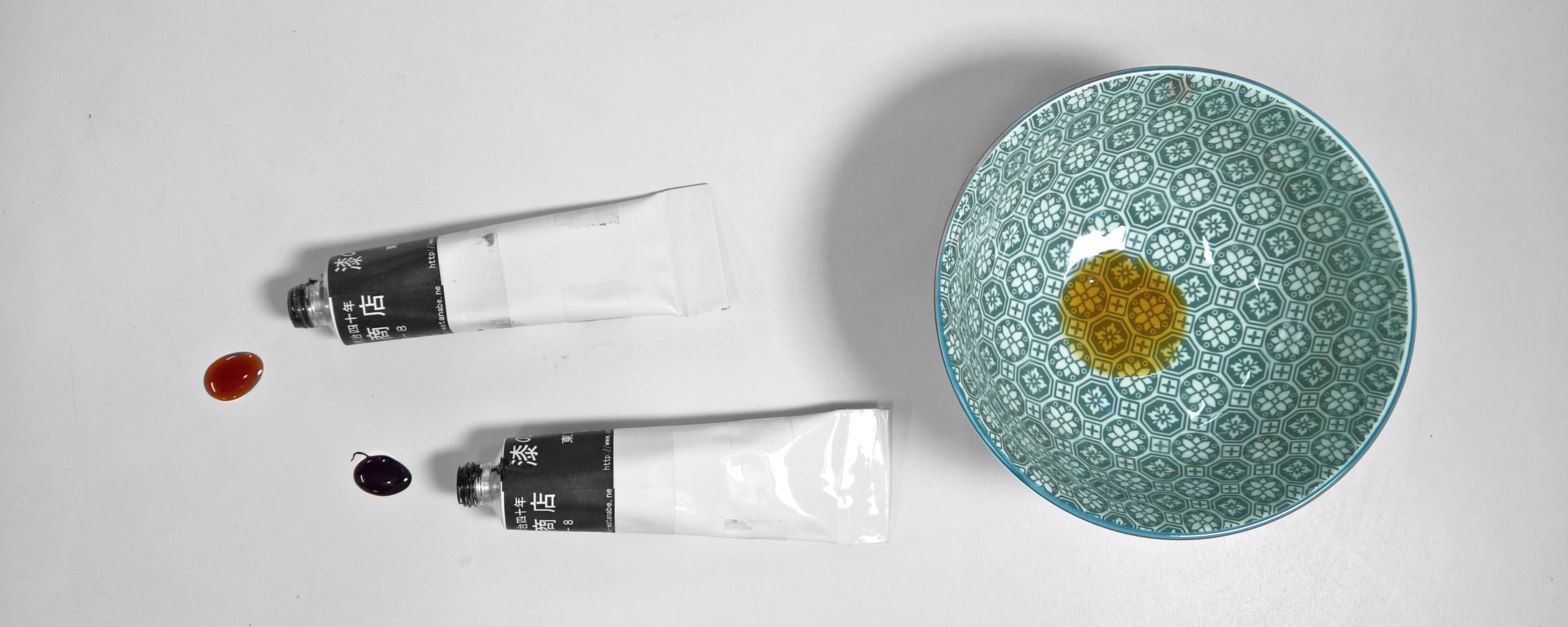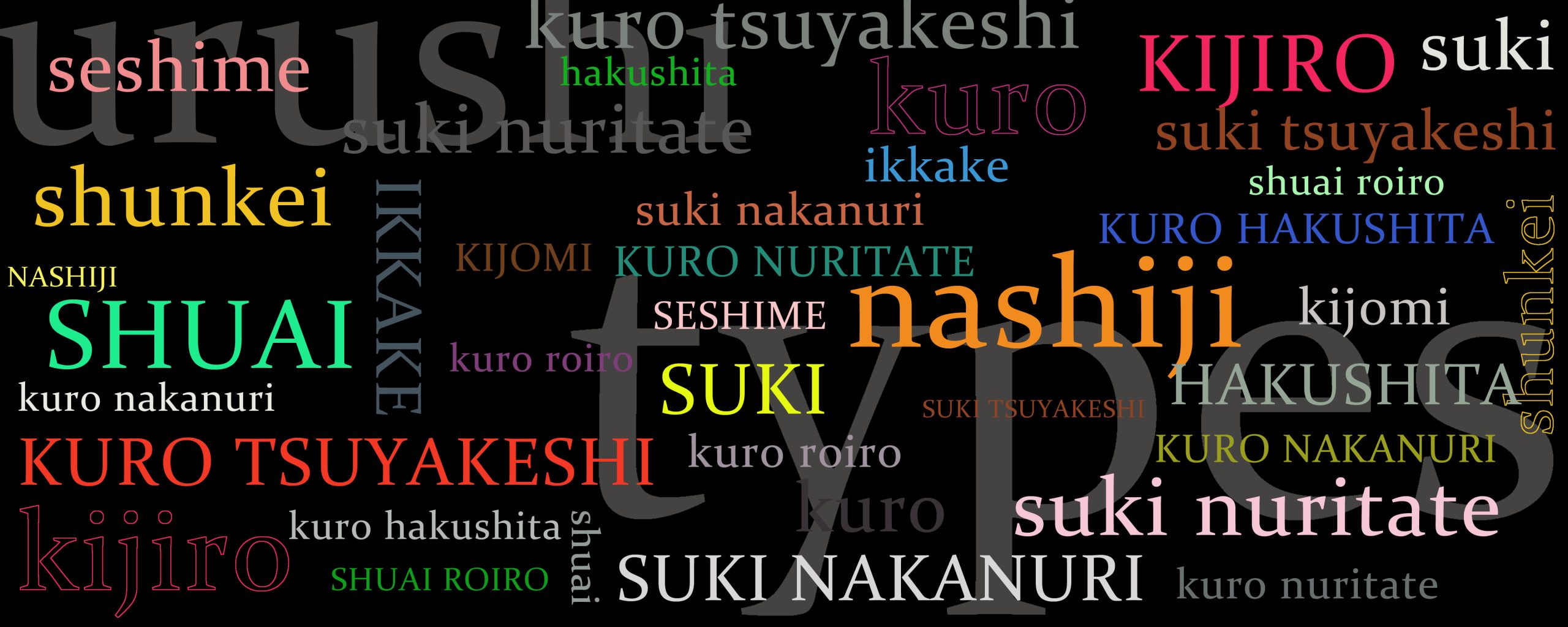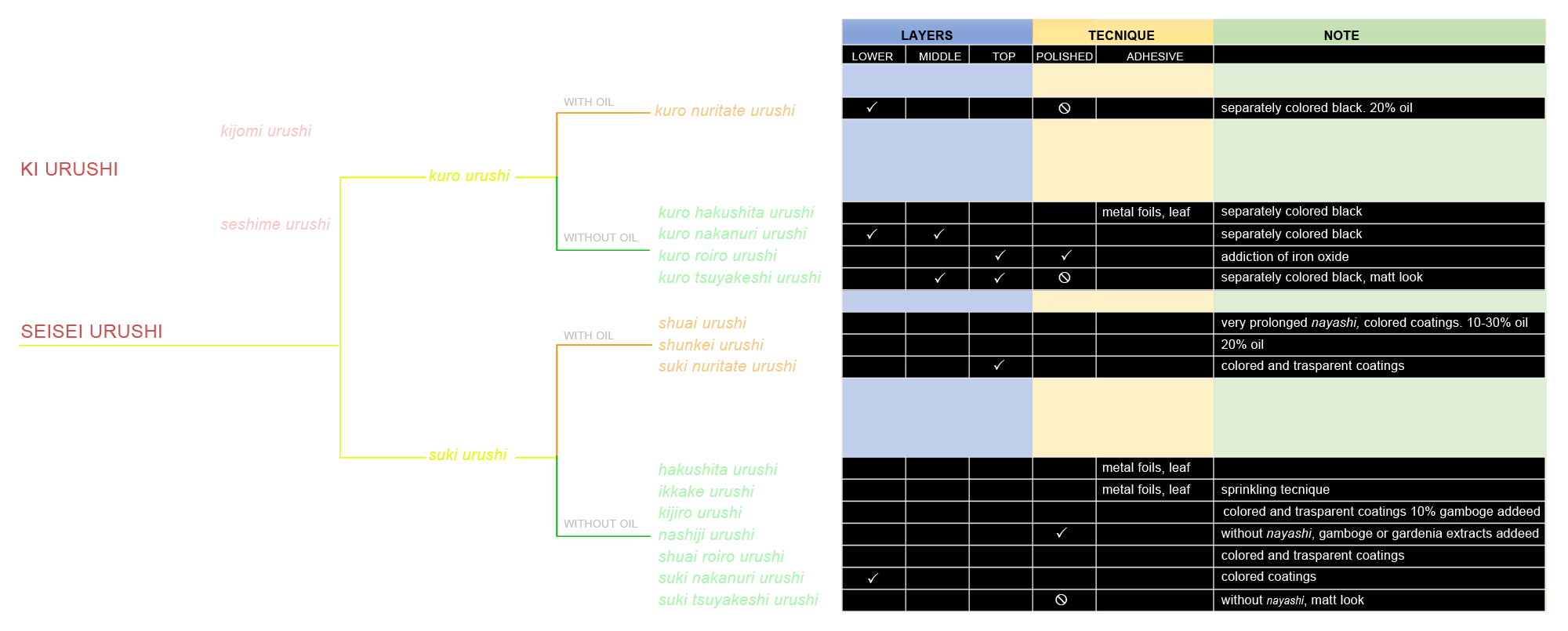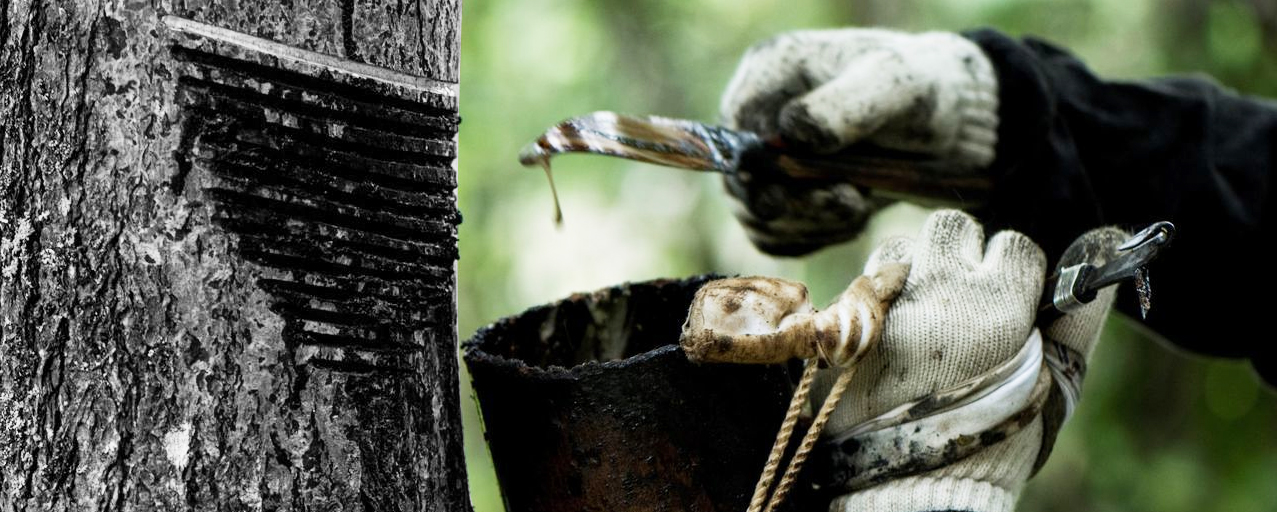The ground layers (shitaji)
Ground layers (shitaji) is a basic structure that influences the durability and quality of lacquerware.
This kind of layers have also a protective function for the object base and sometimes is used as a decorative element.
The structure of the grounds depends on the lacquer decoration, on the nature of the object base and on the cheapness of the lacquerware.
As already explained in the urushi lacquer types page urushi lacquer is part of all stages of decorative production and this is also effective in the case of the preparation of the groud layers.
To explain it very simply, it is necessary to consider the ground layers as a buffer that connects the base support to the properly called “lacquering layers”.
Clay
Many different clay powders are used for the ground layers.
They can be different in color, hardness and grain size, according to the region and tradition origin.
There is a first base distintion for the clay powder used between jinoko and tonoko.
Jinoko is a coarse clay dust while Tonoko is a fine clay dust. These powders, combined with the raw lacquer (ki urushi), become part of the preparation layers, sometimes mixed in different percentages with each other.
The foundation
There are various different ways of preparing the foundation layer but in all cases several urushi coatings, initially rough and then of increasing fineness, are applied before polishing.
Only after the foundation layer has been prepared does the application of urushi proper begin.
Summing up we can explain the basic sequence for the preparation of the ground layers as follows:
- lacquer layer (suikomidone) made up with ki urushi;
- coarse groung layer (jitsuke) made up with jinoko, water and ki urushi;
- medium ground layer (kirikotsuke) made up with jinoko and tonoko, water and ki urushi;
- first fine ground layer (sabitsuke) made up with tonoko, water and ki urushi;
- second fine ground layer (sabitsuke) made up with tonoko, water and ki urushi.
- last lacquer layer (suikomidone) made up with ki urushi;
All layers are applied with a spatula in coats from thicker to thinner.
The layers are dry or wet sanded how is illustraded in the imagine below.



